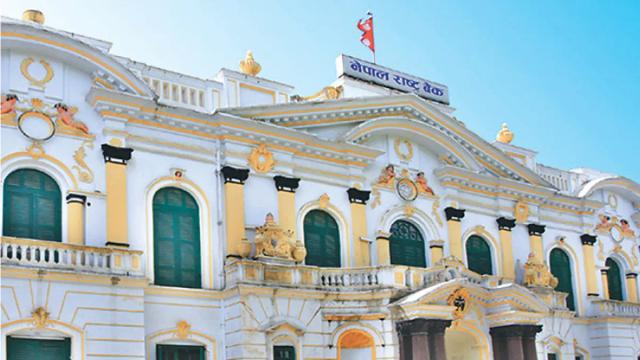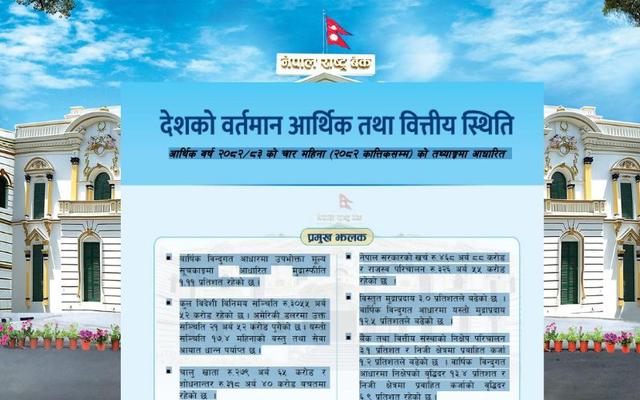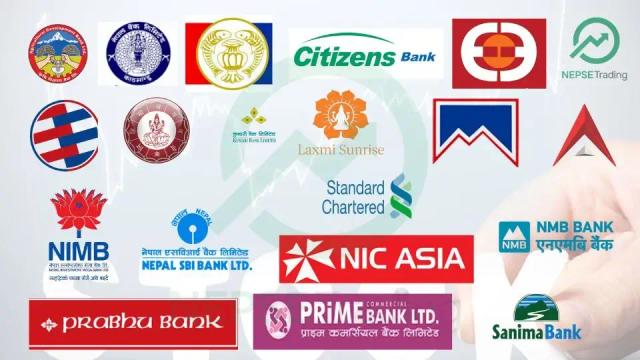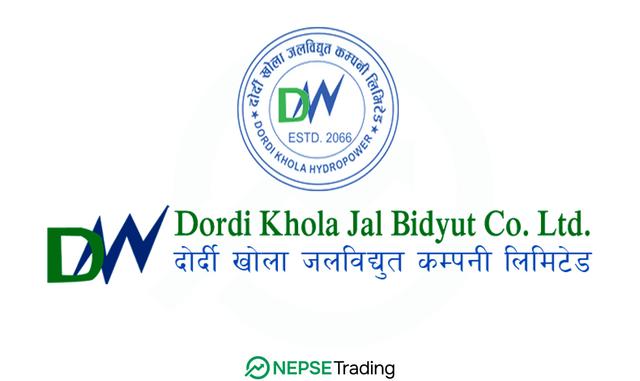Nepal's Export Sector Rebounds After Years of Volatility: Detailed Seven-Year Analysis
Author
Nepsetrading

Nepal’s export data over the past seven years reveals a rollercoaster trend in the country's external trade performance. In fiscal year 2018/19, Nepal recorded total exports worth Rs. 97.7 billion. The following years saw encouraging growth—exports rose to Rs. 141.1 billion in 2019/20 and further surged to an all-time high of Rs. 200 billion in 2020/21. This sharp rise was largely attributed to the easing of initial COVID-19 restrictions, increased demand for certain goods in the global market, and heightened engagement from the private sector in export-focused production.
However, this growth proved unsustainable. In 2021/22, exports dropped to Rs. 157.1 billion, and then declined further to Rs. 152.4 billion in 2022/23. This consecutive downturn raised concerns about the long-term health of Nepal’s export sector and added pressure to the already widening trade deficit. Factors contributing to the decline included rising international commodity prices, shortage of raw materials, higher production costs, and limited government intervention in promoting exports during these periods.
By mid-April of 2023/24, the situation worsened. Exports had slumped to Rs. 113.9 billion, marking nearly a 25% decline from the previous year. Analysts pointed to ineffective trade policies, decreased investment in export-oriented industries, and growing logistical challenges as the primary causes. The fall reflected not just a dip in trade numbers, but also deeper structural issues in Nepal’s industrial base and competitiveness in international markets.
Fortunately, recent data suggests a strong recovery. By mid-April 2024/25, Nepal’s exports jumped to Rs. 188.2 billion—a dramatic year-on-year increase of 65.2%. This resurgence is believed to have been driven by improved demand for readymade garments, handicrafts, and agricultural products, as well as strengthened trade ties with neighboring countries like India. Furthermore, technological upgrades in production and logistics, greater digital adoption in trade facilitation, and a renewed focus on export diversification have likely contributed to the turnaround.
To maintain this positive momentum, experts emphasize the need for sustained government support to the export sector. This includes the establishment of Special Economic Zones (SEZs), export subsidies, improved customs and regulatory processes, and financial incentives like export credit schemes. The private sector, too, must prioritize product diversification, innovation, and international quality standards to solidify Nepal’s position in global trade.
In conclusion, Nepal’s export sector appears to be regaining strength after a period of stagnation and decline. While this recovery is encouraging, long-term success will depend on strategic policy actions, robust infrastructure development, and increased collaboration between government and industry to ensure Nepal remains competitive in the global market.



